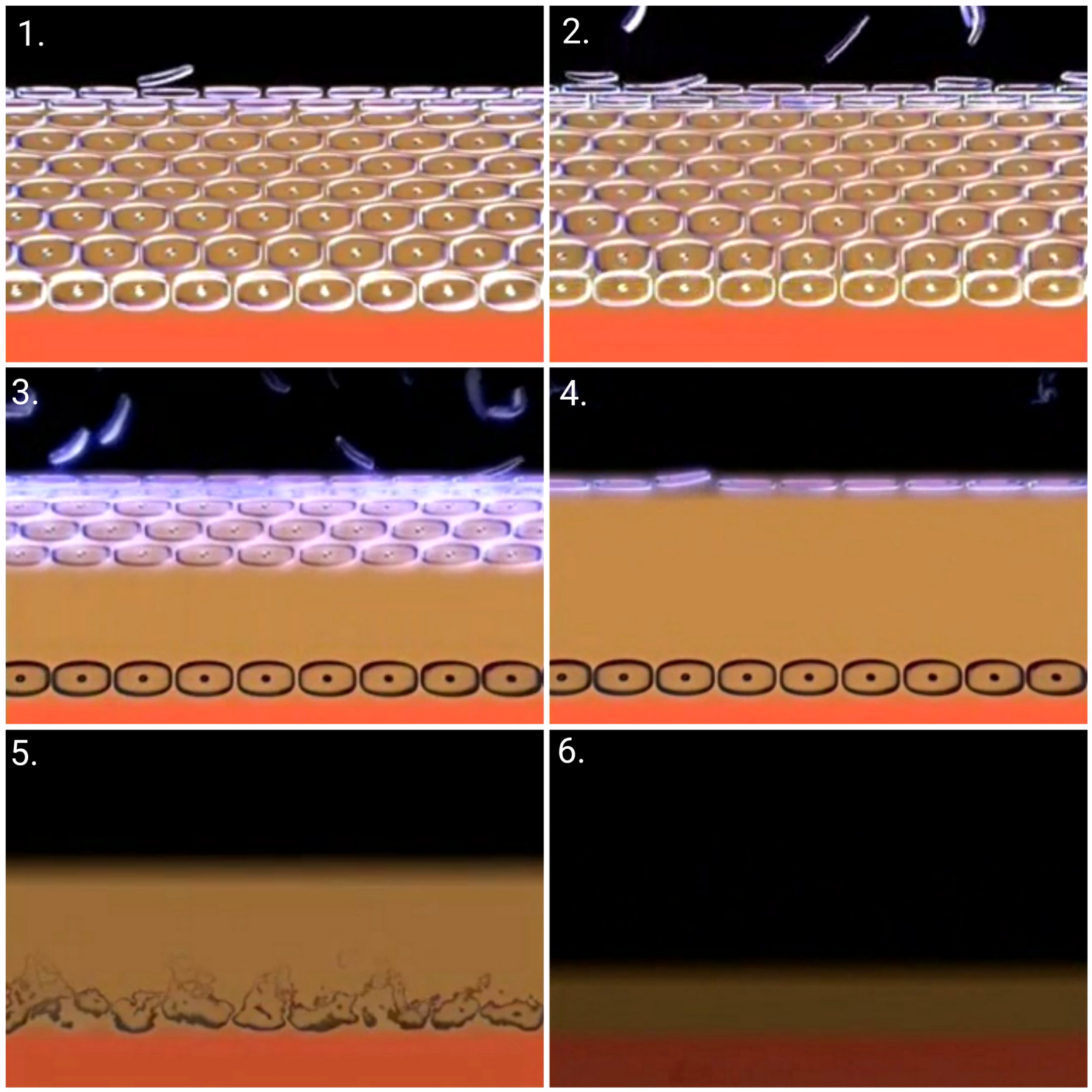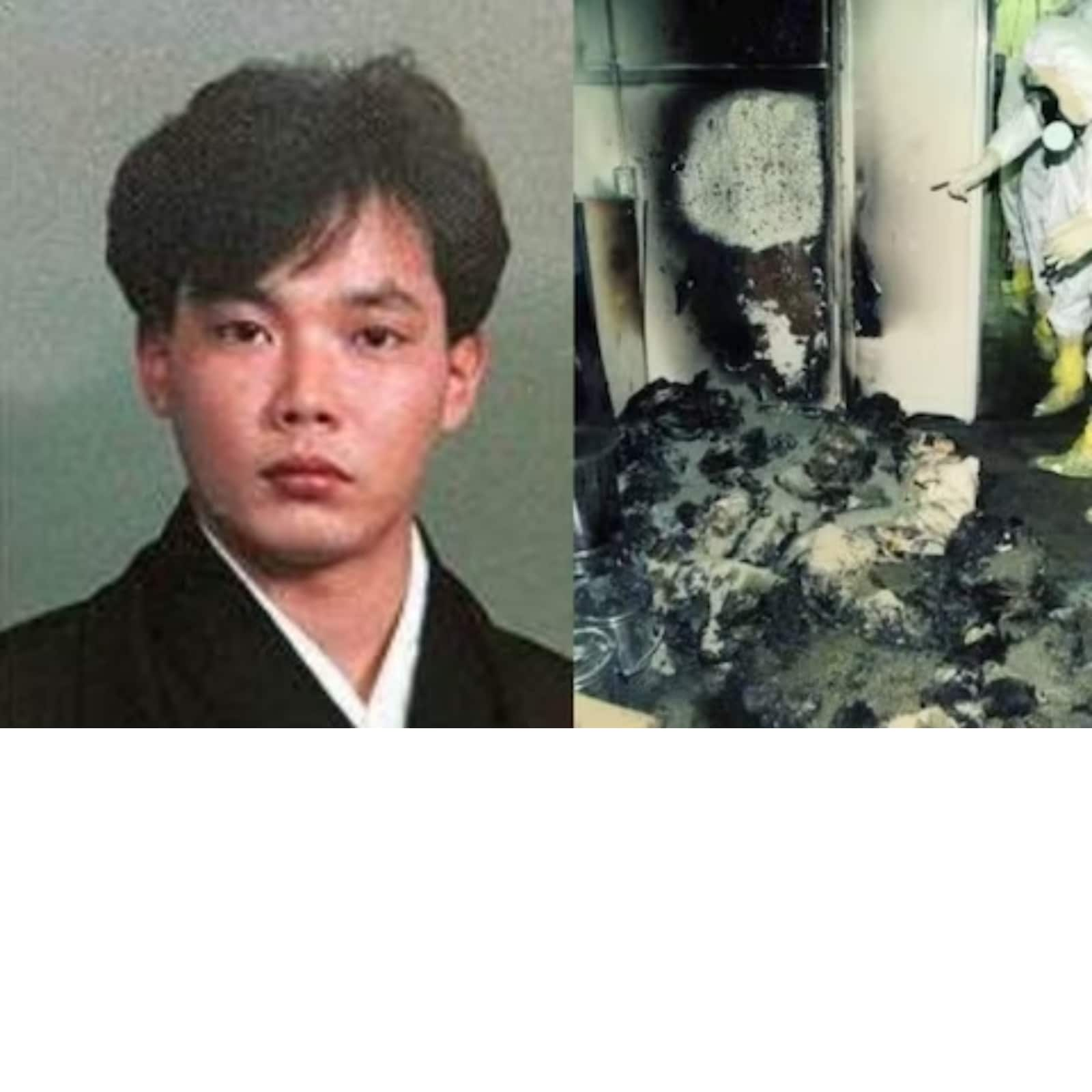Hishashi Ouchi Real Photos Unveiling The Truth Behind The Tragedy
Let’s talk about something that’s been lingering in the shadows of history for far too long. The name Hishashi Ouchi might not ring a bell to everyone, but it’s a story that deserves to be told. This isn’t just another tale; it’s a deep dive into the life and tragedy of a man whose story has touched so many lives. Hisashi Ouchi’s real photos have unveiled truths that many would rather ignore, but they’re crucial for understanding the human cost of nuclear disasters.
Now, you might be wondering why this matters. Well, it’s simple. The world is full of stories, but not all of them get the attention they deserve. Hishashi Ouchi’s story is one of those. It’s not just about the photos; it’s about the truth behind them, the tragedy that unfolded, and the lessons we need to learn. This isn’t just history—it’s a reminder of the consequences of our actions.
And hey, don’t think this is all doom and gloom. While it’s a heavy topic, it’s also a chance to reflect, to grow, and to ensure that we don’t repeat the mistakes of the past. So, buckle up, because we’re about to explore a story that will stick with you long after you finish reading.
- Begamovies Your Ultimate Destination For Movie Entertainment
- Emily Piccard The Rising Star Whos Taking The World By Storm
Who Was Hishashi Ouchi?
Before we dive into the photos and the tragedy, let’s take a step back and talk about the man behind the name. Hishashi Ouchi was more than just a statistic in a nuclear accident. He was a person with dreams, fears, and a life that was tragically cut short. Understanding who he was is key to grasping the weight of what happened.
Biography of Hishashi Ouchi
Here’s a quick rundown of Hishashi’s life:
| Full Name | Hishashi Ouchi |
|---|---|
| Date of Birth | July 27, 1968 |
| Place of Birth | Tokyo, Japan |
| Occupation | Worker at the JCO nuclear fuel processing plant |
| Date of Incident | September 30, 1999 |
| Date of Death | December 21, 1999 |
See, Hishashi wasn’t just some random guy. He was a worker, a family man, and a victim of circumstances that no one should ever have to face. His life and death are a stark reminder of the dangers lurking in industries that many of us take for granted.
- Wasmo Somali Telegram Link 2024 The Ultimate Guide For You
- Yasmine Bleeth The Journey Of A Hollywood Icon
Unveiling the Tragedy: The JCO Nuclear Accident
Let’s rewind to September 30, 1999, in Tokaimura, Japan. This is where Hishashi Ouchi’s story takes a tragic turn. The JCO nuclear fuel processing plant was the scene of one of the worst nuclear accidents in history. It wasn’t a natural disaster or an act of war; it was human error. Plain and simple.
What happened? Well, workers at the plant were mixing uranium in a tank, but they made a critical mistake. Instead of following proper procedures, they mixed too much uranium, causing a criticality accident. This set off a chain reaction that released massive amounts of radiation. Hishashi Ouchi was one of the workers present during this catastrophic event.
What Happened to Hishashi Ouchi?
Hishashi was exposed to lethal doses of radiation during the accident. We’re talking about levels that no human body can withstand. His injuries were severe, and his suffering was unimaginable. The photos taken during his treatment are a testament to the horrors of radiation exposure.
But here’s the thing—these photos aren’t just images; they’re evidence. They’re proof of what happens when safety protocols are ignored. They’re a wake-up call for industries around the world to take safety seriously.
Hishashi Ouchi’s Real Photos: The Truth Behind Them
Now, let’s talk about the photos. These aren’t your typical snapshots. They’re raw, unfiltered, and heart-wrenching. The images show Hishashi’s body ravaged by radiation sickness. His skin was burnt, his organs were failing, and his suffering was visible in every frame.
But why are these photos so important? They serve as a reminder of the real consequences of nuclear accidents. They’re not just pictures; they’re stories. Stories of pain, resilience, and the ultimate price paid for negligence.
Why Do These Photos Matter?
- They highlight the dangers of nuclear energy.
- They serve as a warning for future generations.
- They humanize the statistics of nuclear accidents.
- They push for stricter safety regulations in the industry.
Think about it. When you see a number on a report, it’s easy to disconnect. But when you see the face of someone who suffered because of that number, it changes everything. These photos make it real. They make it personal.
The Human Cost of Nuclear Disasters
Nuclear disasters aren’t just about the immediate aftermath. They have long-lasting effects that ripple through communities, families, and even entire nations. Hishashi Ouchi’s story is just one example of the human cost of such events.
When we talk about nuclear accidents, we often focus on the numbers—the amount of radiation released, the number of people affected, the economic impact. But what about the people behind those numbers? What about their stories, their lives, their legacies?
Lessons Learned from Hishashi’s Tragedy
- Improved safety measures in nuclear facilities.
- Increased awareness of the risks associated with nuclear energy.
- Advocacy for renewable energy sources.
- Greater emphasis on worker training and education.
These lessons aren’t just for the nuclear industry. They apply to any field where human lives are at stake. It’s a call to action for all of us to prioritize safety and accountability.
Impact on Global Nuclear Safety
Hishashi Ouchi’s tragedy didn’t just affect Japan. It had a global impact on nuclear safety standards. Countries around the world took notice and implemented stricter regulations to prevent similar accidents from happening.
But the work isn’t done yet. As we continue to rely on nuclear energy, we must remain vigilant. We must learn from the past and ensure that history doesn’t repeat itself.
Global Initiatives Post-JCO Accident
- International Atomic Energy Agency (IAEA) reviews and updates safety protocols.
- Increased collaboration between countries to share best practices.
- Investment in research and development for safer nuclear technologies.
These initiatives are crucial for maintaining the trust of the public and ensuring that nuclear energy remains a viable option for the future.
Remembering Hishashi Ouchi
As we reflect on Hishashi Ouchi’s story, it’s important to remember the person behind the tragedy. He was more than just a victim of a nuclear accident. He was a human being with a life, a family, and a future that was tragically cut short.
His legacy lives on through the lessons we’ve learned and the changes we’ve made. But we must never forget the personal cost of these lessons. We must honor his memory by continuing to push for a safer, more responsible world.
How Can We Honor Hishashi’s Legacy?
- Advocate for nuclear safety and accountability.
- Support organizations working to prevent nuclear disasters.
- Educate others about the risks and realities of nuclear energy.
These actions might seem small, but they add up. They make a difference. They ensure that Hishashi’s story isn’t forgotten.
Daftar Isi
- Who Was Hishashi Ouchi?
- Biography of Hishashi Ouchi
- Unveiling the Tragedy: The JCO Nuclear Accident
- What Happened to Hishashi Ouchi?
- Hishashi Ouchi’s Real Photos: The Truth Behind Them
- Why Do These Photos Matter?
- The Human Cost of Nuclear Disasters
- Lessons Learned from Hishashi’s Tragedy
- Impact on Global Nuclear Safety
- Global Initiatives Post-JCO Accident
- Remembering Hishashi Ouchi
- How Can We Honor Hishashi’s Legacy?
Final Thoughts
So, here we are at the end of this journey. Hishashi Ouchi’s story is one that we must never forget. It’s a reminder of the power and the danger of nuclear energy. It’s a call to action for all of us to prioritize safety, accountability, and humanity.
I encourage you to share this story with others. Talk about it. Learn from it. Let’s honor Hishashi’s memory by working towards a safer, more responsible world. And hey, if you’ve got thoughts or questions, drop a comment below. Let’s keep the conversation going.
Article Recommendations
- Sone436 The Rising Star Of Gaming And Streaming
- Doraha Web Series The Ultimate Guide To Indias Hottest Thriller



Detail Author:
- Name : Kody Stokes V
- Username : jerde.lorenza
- Email : febert@toy.com
- Birthdate : 1989-01-11
- Address : 352 Leannon Pike Kundeshire, NE 05815
- Phone : (262) 242-5193
- Company : Thompson-Champlin
- Job : Communications Equipment Operator
- Bio : Praesentium ut ut aut eius. Ad voluptatem vitae velit. Quisquam explicabo id laboriosam voluptatem non odio natus. Exercitationem ullam non ut.
Socials
facebook:
- url : https://facebook.com/keeblerc
- username : keeblerc
- bio : Ratione molestiae velit nesciunt necessitatibus natus.
- followers : 2497
- following : 705
instagram:
- url : https://instagram.com/ceceliakeebler
- username : ceceliakeebler
- bio : Vel eaque magnam sed explicabo et pariatur hic. At non est quibusdam sint.
- followers : 2781
- following : 2912